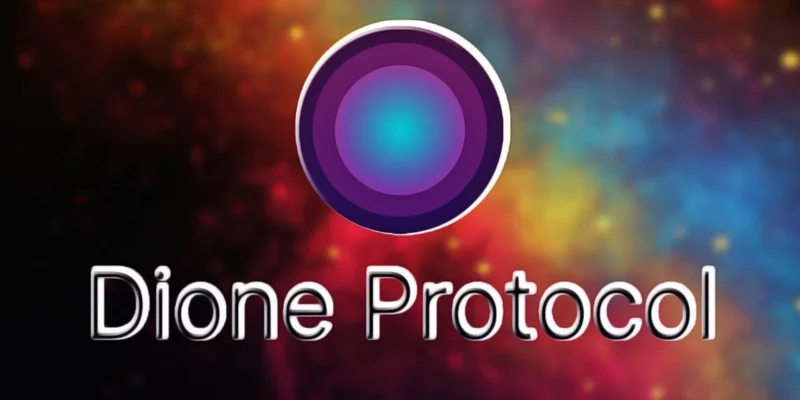- Dione is an open-source protocol aiming to solve the issue of Carbon emissions.
- It advocates for green energy and incentivizes users to participate in the protocol’s operations.
There is no doubt that we have harmed other Earth in various ways. One such way is by emitting carbon dioxide into the environment leading to various harmful effects like the Greenhouse effect. Now, it’s our duty to save our planet Earth and take into consideration the use of green energy.
To democratize and increase the usage of green energy, Dione Protocol is coming with the aim to contribute to the process of decarbonization. It is on the way to setting up an incentivized energy trading economy by using blockchain technology. To know what it is and how it is achieving that, continue reading the article.
Dione Protocol – A Decentralized Protocol
Dione Protocol is basically an EVM-compatible Layer1 blockchain system. It is trying to set up an incentivized trading economy in which it facilitates and incentivizes retail customers. These will help the suppliers, distributors, and customers to earn rewards by executing their role in energy generation.
It has two primary goals the first is reducing carbon footprint and the second is incentivizing retail customers. Its main focus is to develop a decentralized mechanism in the energy industry. By applying smart contracts and blockchain technologies it ensures to achieve the primary goals set by it.
The protocol decides to follow the core architecture from the principle of Avalanche, a blockchain network. It will help the protocol in many ways such as it will give a higher throughput, enhancing the scalability, and ensuring better data privacy. It will also help in reducing the carbon footprint as it is based on Proof-Of-Stake (PoS) consensus.
How Does Dione Protocol Work?
It works by using the decentralized energy trading platform called Nebra. Nebra is often considered the core of the protocol. It works by connecting energy producers to consumers directly bypassing the traditional energy grid. It acts as a P2P model in which consumers and suppliers place sell and buy orders respectively.
The blockchain systems will act as a backend and will ensure that all the activities are working in a deliberate manner. The distribution layer of the protocol will be directly connected to the marketplace and the blockchain layers. The whole system of Nebra works as a marketplace and in the future, it will also facilitate inter-grid energy trading.
What Makes Dione Protocol Unique?
First of all, what makes it unique is its primary focus on the energy sector. While many protocols are there that focus on cryptocurrencies and decentralized finance (DeFi), it is the only protocol that is trying to interrupt the energy sector with its innovation. It is trying to solve a social cause and is working towards a greener future.
Second, it provides better security in the whole protocol. Unlike other platforms that rely on sharding, Dione utilizes subnetworks to secure the network. Each subnet is a standalone blockchain with its set of validations and customized rules to be followed. Last but not least, its governance model has two dimensions. In the first dimension, it covers the governance of the core platform. The second dimension, it includes governance for projects built on top of it. It allows the projects to have their own rule or governance model built on top of it.
Concluding Thoughts
In a nutshell, the Dione Protocol is really a great innovation as it makes use of blockchain technologies and smart contracts to solve problems in the energy sector. By focusing on reducing carbon footprints and incentivizing retailers through energy generation, this project plays a significant role in decarbonizing the planet.


Comments